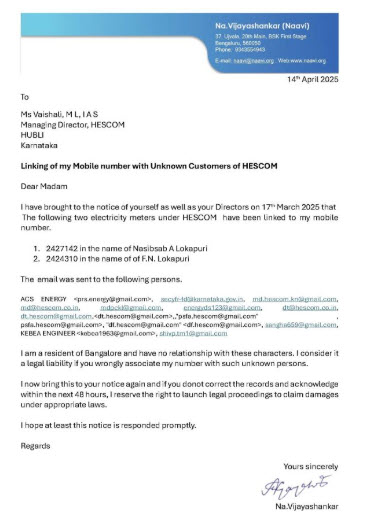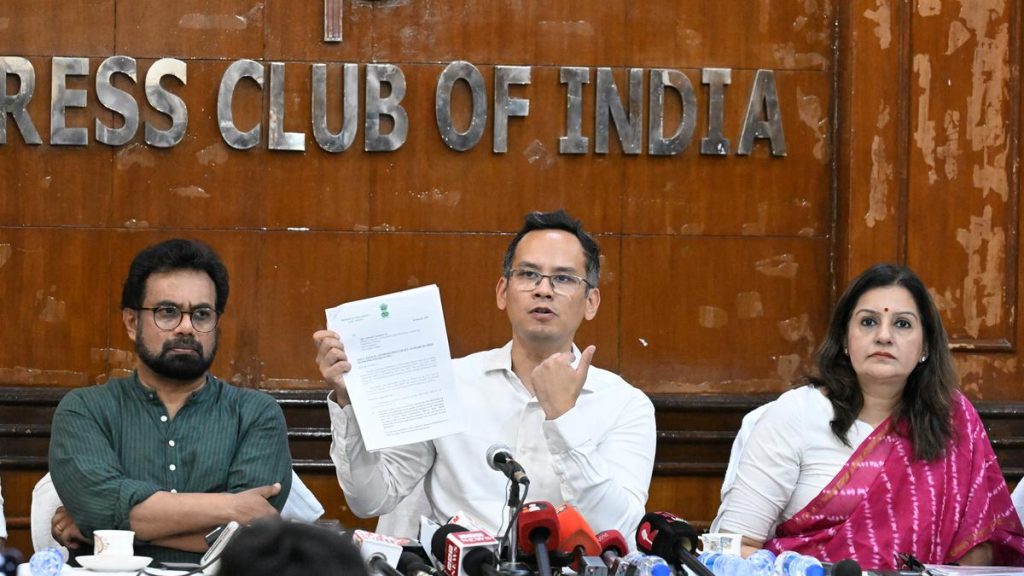The Society is discussing the impact of AI on the professional front such as whether it will replace jobs, if so what kind of jobs and how should we brace for the impact. Organizations have already realized that the days of having software developers who have software coding skills only is over.
Today software coding has been entirely taken over by AI and the surviving software engineers are only those who have demonstrated their ability to use AI to develop codes automatically. At the ground level the number of employees will dwindle and soon will become negligible. The days AI will take over many tasks in the Advertising and Marketing are not far behind.
In the filed of Finance the operations are already automated to the extent that we are totally dependent on software for every aspect of finance. AI can only worsen the things. We are already seeing this in the Banks where we have “Zombies” as counter clerks who know nothing but pushing keys on the key board and know little of Banking.
Legal Research is the domain of AI and lawyers feel comfortable in using AI to draft petitions and prepare argumentative notes. Teachers will soon have to shift to teaching AI as everything else will be taken over by AI.
While these developments are easy to recognize, what has not yet caught the attention is the psychological impact of AI development on humans particularly in the development of human brains.
We have discussed the concept of “AI Cult Syndrome” , “Cyber hypnotism” , “Impact of Binaural Beats”, need for “neuro rights protection “ at different points of time on this website. (Please check with Vishy for more information). Now it is time to also discuss the impact of AI on human brains and more particularly on “Developing Brains” of children.
As humans make AI more and more intelligent, will AI make humans more and more zombies with no independent thinking ability. We are aware that our memory power has been adversely affected with the increased use of computing devices with search assistance. (Eg; We cannot remember phone numbers as we used to do a few years back and want our phones to remember them. We cannot remember street maps mentally and want Google maps). Now as we start using AI to think for ourselves, there is a real danger of us as humans using less and less of our core abilities of the brain and gradually degrade them to the status of “Let me ask my AI Assistant”. Where to draw the boundaries for the “Assistant” and retain our own native intelligence will be a challenge.
To this, I am adding a new dimension on “Im[act of AI learning on children’s mental development”. As we start teaching mobile and computer to children we have seen the growth of “Addiction”. We have seen the behaviour of Children of today who cannot eat without watching cartoons on the mobile. Experts recognize that this is due to Chemical changes induced in the brain as a result of their experiences on the screen. This is leading to a mental health issue which we today club under a single category of “Addiction”.
Psychologists observe the following:
1.The dopamine feedback loop created by screen use is a key neural mechanism underlying this addiction-like behavior
2.Excessive screen time during critical periods of brain development can alter the structure, function, and connectivity of neural circuits, especially those involved in reward processing and impulse control
3.There is emerging evidence that screen dependency disorders (SDDs) in children are associated with changes in neural tissue and function, and may even influence gene expression related to brain development
4.Children’s brains are more plastic and vulnerable than adults’, making them more susceptible to these changes
5.Some children may have genetic predispositions (such as certain dopamine receptor variants) that make them more vulnerable to developing screen dependency and related behavioral issues
6.Dopamine release from screen use mimics the reward pathways activated by addictive substances, reinforcing screen-seeking behaviors
7.Structural and functional brain changes can occur with excessive screen use, particularly in developing brains, potentially leading to long-term issues with impulse control, attention, and emotional regulation
8.Behavioral patterns such as needing screens to eat are reinforced by habit and the strong association between digital content and pleasurable experiences
9.Physical and mental health consequences include disrupted sleep, increased sedentary behavior, unhealthy eating habits, and higher risk of anxiety and depression
10. Limiting screen time and encouraging screen-free mealtimes are important steps to protect children’s neurological and overall health.
In this context when we start teaching AI skills to Children either through gamification or otherwise, it is not clear what would be the impact on the human brain development at an early age.
The AI-Chair of FDPPI would like take this up as a project and start gathering information on this critical subject. We also invite large corporations to sponsor research activity in this aspect and some academic institution can take it up as their project. FDPPI’s AI Chair would like to assist in such a project.
We look forward to receiving public comments on this proposition.
Naavi









